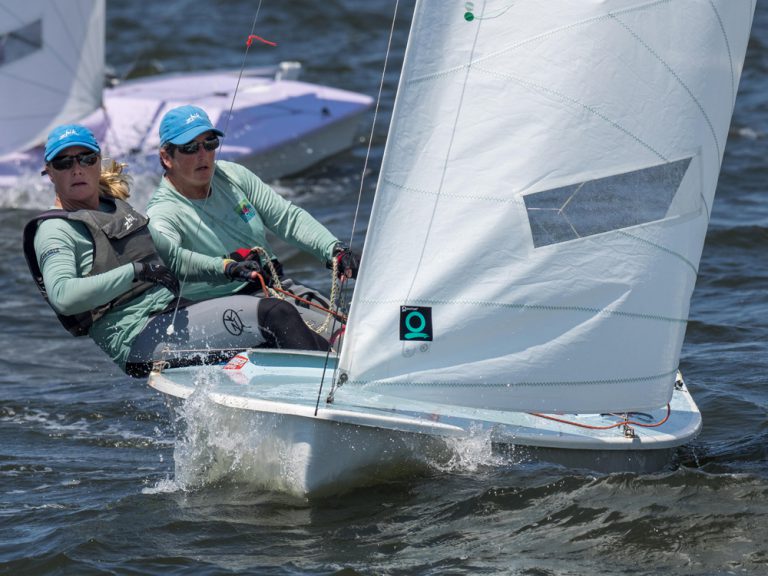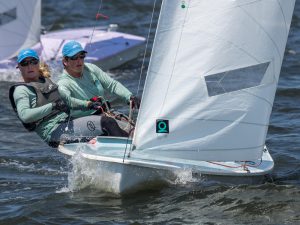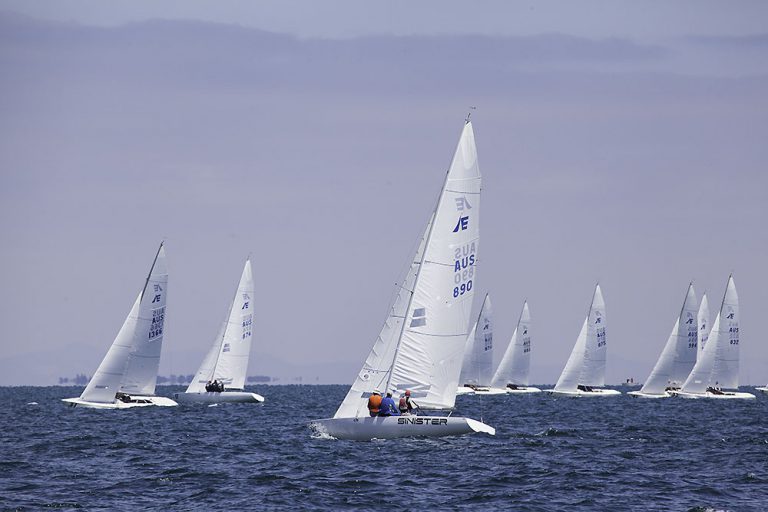
Racing Tips to Improve Your Sailing. When you want to kick your sailing performance up to the next level, many sailors think first of spending money – buying new sails, replacing gear, or even buying a new boat.
In most cases, a number of small and easy improvements in your technique can yield great results using the gear that you already have.
Tip 1: Be Consistent
Always try to balance any risk you are thinking of taking against the potential gains. Competitors who have inconsistent results tend to be those that take too many risks.
When they get a run of good luck they are at the front of the fleet, but all too often the risks they then take don’t pay off and they end up mid-fleet or worse.
If your own results aren’t consistent, there’s a good chance you are being let down by a small number of mistakes and identifying these can be very revealing, helping you to finish a long way further up the fleet.
Tip 2: Duck or Tack
When heading upwind on port tack you need to know well in advance whether to tack or duck upon meeting a starboard tack boat.
You should always be thinking about what you would do if you meet a starboard tacker. This emphasizes the importance of having your head out of the boat and knowing where the boats around you are.
If you’re on starboard and want to continue on that tack, don’t let a port tack boat that’s on collision course with you tack under your lee bow, call them through and duck their transom if necessary.
Tip3: Post-race Analysis
Always analyse your day’s performance in a race when you get back ashore. When you have a great result make a list of the major contributing factors to that success. Conversely, when you have a bad day, list the reasons why and then learn from your mistakes.
If sailing in a crewed boat, this process helps to improve communication with the team. It’s an excellent opportunity to air issues that may have arisen in the heat of competition. If there has been a problem during the race, there is a chance to air grievances when blood pressure has subsided and everyone is in a more relaxed mood.
Tip 4: Sort the boat out
Everything in your boat must work flawlessly. You may train hard working on weaknesses but if the boat is not up to scratch any gains made by crewing improvements you have gained may be lost during a race if a fitting or system fails or jams.
An advantage here is that psychologically, you know that if you push extra hard, the boat won’t let you down.
Make sure that the bottom and foils are fair and smooth and that the rig is properly set up. Sails need to be as good as they can be given their age and past use.
Having the boat look good and presenting well will make the crew feel good about sailing it. That’s important for crew morale and performance.
Tip 5: Look After Yourself
Have the right clothing and equipment for the boat you are sailing on and for the conditions. Make sure that the gear you bring with you will cover the full range of conditions that you expect. The key is preparation.
If you are cold or wet and not comfortable, you can sail at nowhere near your best. You become really uncomfortable and probably wish you were somewhere else as well.
Good quality gear can sometimes cost a bit more than inferior stuff. It generally lasts a lot longer with the bonus being that you will enjoy your sailing more.

























